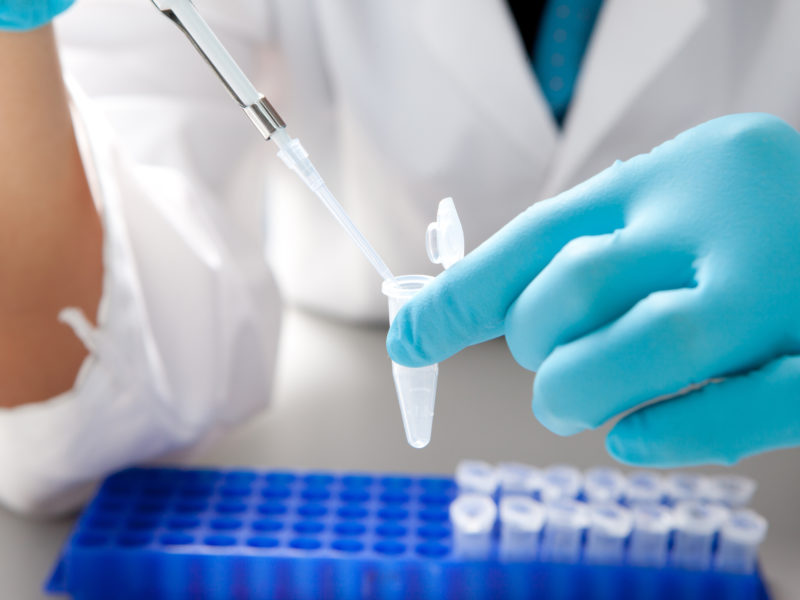Talking to Adolescent Patients About Marijuana
Talking to Adolescent Patients About Marijuana https://pediatricsnationwide.org/wp-content/themes/corpus/images/empty/thumbnail.jpg 150 150 Katie Brind'Amour, PhD, MS, CHES Katie Brind'Amour, PhD, MS, CHES https://pediatricsnationwide.org/wp-content/uploads/2021/03/Katie-B-portrait.gifWith legalization spreading across the United States, it’s hard to know what to say to teens curious about marijuana.
Legal in 23 states and the District of Columbia. Renowned in pop culture. Affectionately called everything from “wacky tobaccy” to “hippie lettuce.” Marijuana isn’t going away. Despite its popularity and availability, many youths — and clinicians — may not know the risks associated with marijuana use.
“Widespread legalization of marijuana is coming,” says Donald E. Greydanus, MD, Dr HC, an expert on adolescent marijuana use and chair and professor of the Department of Pediatric and Adolescent Medicine at the Western Michigan University Homer Stryker M.D. School of Medicine. “The question is, what are we going to tell our patients?”
In the recent John Edwin Brown Memorial Lecture hosted by Nationwide Children’s Hospital, Dr. Greydanus addressed not only the available literature on exactly how marijuana is believed to affect the developing brain but also the common questions and misconceptions adolescent patients are likely to have about a drug that is widely considered natural, cool and low risk.
What to Know About Marijuana and the Developing Brain
Historically, marijuana has been viewed positively by many cultures. With its broad legalization seeming increasingly likely, Dr. Greydanus believes physicians must be armed with accurate information about the effects of this substance on the brain and body of young people.
“Drugs and poison are two sides of the same coin,” warns Dr. Greydanus, lead author on a recent Disease-a-Month issue about cannabis. Marijuana contains more than 60 cannabinoids and about 400 other chemicals, many of which carry their own potential negative effects. “It’s important that patients know the side effects of marijuana use, just as with any other drug or medicine they may be taking.”
Documented side effects include a number of respiratory issues, ranging from acute and temporary irritation to chronic cough, pharyngitis, sinusitis, chronic bronchitis and in adults, aggravated emphysema in regular users. Heavy users may also experience severe, cyclic vomiting called cannabinoid hyperemesis syndrome.
The drug can also cause complex cardiovascular effects, including increases in blood pressure, arteritis, transient ischemic attacks, cerebral vascular accidents and arrhythmias, even in adolescents. Risks associated with water pipes for marijuana use include pulmonary tuberculosis and aspergillosis.
Cannabis poisoning resulting in seizures or comas is another potential risk but is more common in young children who ingest their parents’ marijuana.
For teens concerned with the most probable consequences, Dr. Greydanus suggests stressing the most immediate and straightforward risks.
“An increase in dental caries, poorer athletic performance and double the risk of motor vehicle accidents are fairly comprehendible results,” he says.
And according to the National Institute on Drug Abuse, about 17 percent of marijuana users who begin using as teens become dependent on the drug. Teens are also more likely than adults to experience withdrawal-induced disorders upon discontinuation of marijuana use. Symptoms such as restlessness and aggression can last up to several weeks.
“Effects of adolescent and teen use of marijuana appear to be worse than those of adult use of the drug,” Dr. Greydanus explains. “Teens have highly plastic brains, making them more vulnerable to cognitive dysfunction, neuropsychiatric disorders such as psychosis, cannabis use disorder, structural brain damage, memory problems and prefrontal cortex dysfunction.”
Collectively, the risk of mental health problems and general side effects, increasingly recognized by the Centers for Disease Control and Prevention and the DSM-5, outweigh any positive effects associated with marijuana use for the vast majority of teens, Dr. Greydanus says. This is also the case, he argues, for children with chronic conditions for which many people believe marijuana to be therapeutic, such as chronic pain, epilepsy, anxiety and migraines. According to him, the drug is too risky for young patients, except perhaps in cases of multiple failed treatments and with the permission and supervision of the treating physician.
“If a physician has tried everything and nothing works, and the use of marijuana is carefully considered and monitored, then perhaps,” Dr. Greydanus says of its use as a prescribed medication. “But doctors prescribing it to young patients must remember that quality control is nil, dosages and purity are impossible to control, and liability may be a problem, since it’s not approved by the Food and Drug Administration, the American Academy of Pediatrics, the American Society of Addiction Medicine or anyone else yet.”
What to Tell Your Patients About Marijuana Use
When patients are curious about marijuana use, Dr. Greydanus prefers to err on the side of practicality.
“Some patients will listen to you, some won’t,” he says. “Others will ignore you now but remember what you said later.”
With his own patients, he believes confidential, practical and factual conversations are the best approach. He recommends the following general talking points for use with patients.
- Be honest with yourself: in general, marijuana is not medicinal. Claims of medical benefit are anecdotal and not based on good science. Improved health does not come from smoking pot.
- Avoid marijuana completely if you can.
- If you decide to smoke or use marijuana, do so infrequently.
- Never use marijuana while pregnant or breastfeeding.
- Do not combine marijuana with alcohol or other drugs.
- Do not use marijuana as a young teen — the younger at use, the greater the risks.
- Never drive under the influence of marijuana; wait several hours.
- Never use “designer” marijuana drugs.
When patients raise common retorts, Dr. Greydanus is also armed with replies.
“When they say it’s natural, I tell them, ‘So are poison ivy and tobacco leaves,’” he says.
Dr. Greydanus also warns patients that evidence of marijuana use stays in urine for up to 30 days and that some young people have bad reactions to marijuana — even upon first-time use.
“We all understand that, for many patients, the teen years are a time to experiment,” Dr. Greydanus says. “And for physicians, these are the years in our patients’ lives when practical, confidential, scientifically based advice is crucial. We need to at least arm them with the accurate information they need to make better decisions.”
Furthermore, he reminds patients of the fact that marijuana becoming legal in one’s area does not mean that smoking it is safe or medicinal.
“Comprehensive drug education may be the best prevention tool we have at our disposal,” Dr. Greydanus says.
References:
- Greydanus DE, Kaplan G, Baxter LE Sr, Patel DR, Feucht CL. Cannabis: The never-ending, nefarious nepenthe of the 21st century: What should the clinician know? Disease-a-Month. 2015 Apr, 61(4):113-176.
- Greydanus D, Holt M. Cannabis: a controversial 21st-century drug of antiquity. Georgian Medical News. 2014 May, (230):24-30.
- National Institute on Drug Abuse. Is marijuana addictive? National Institute on Drug Abuse. April 2015. Accessed online 17 April 2015.
About the author
Katherine (Katie) Brind’Amour is a freelance medical and health science writer based in Pennsylvania. She has written about nearly every therapeutic area for patients, doctors and the general public. Dr. Brind’Amour specializes in health literacy and patient education. She completed her BS and MS degrees in Biology at Arizona State University and her PhD in Health Services Management and Policy at The Ohio State University. She is a Certified Health Education Specialist and is interested in health promotion via health programs and the communication of medical information.
- Katie Brind'Amour, PhD, MS, CHEShttps://pediatricsnationwide.org/author/katie-brindamour-phd-ms-ches/April 27, 2014
- Katie Brind'Amour, PhD, MS, CHEShttps://pediatricsnationwide.org/author/katie-brindamour-phd-ms-ches/April 27, 2014
- Katie Brind'Amour, PhD, MS, CHEShttps://pediatricsnationwide.org/author/katie-brindamour-phd-ms-ches/April 27, 2014
- Katie Brind'Amour, PhD, MS, CHEShttps://pediatricsnationwide.org/author/katie-brindamour-phd-ms-ches/April 28, 2014
- Posted In:
- In Brief







